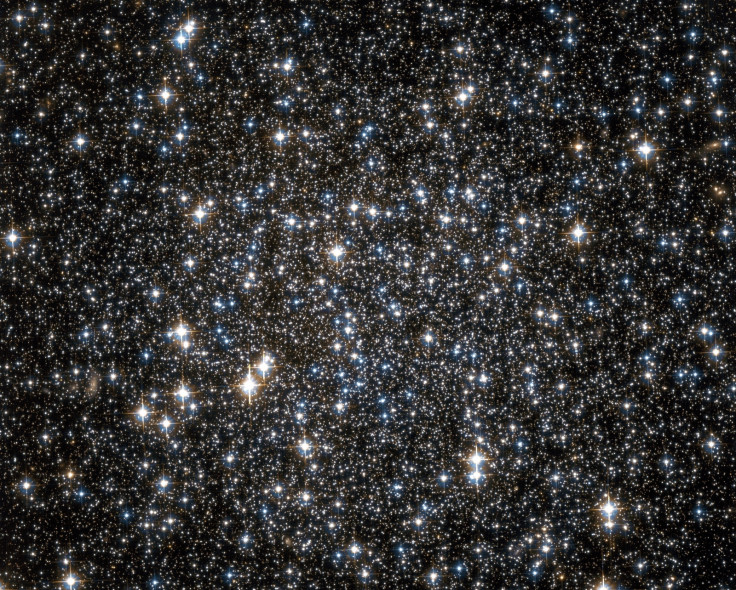A globular cluster of stars could be concealing hundreds of undiscovered black holes
The new finding upends traditional theories about how black holes form.
New research by the University of Surrey has shone light on a globular cluster of stars that could be concealing hundreds of undiscovered black holes, a phenomenon that until recently was thought to be impossible. Globular clusters are spherical groupings of stars which are usually found in the galactic halo, orbiting around a galaxy's centre.
Using powerful computer simulations, the team mapped a globular cluster known as NGC 6101m, revealing the hidden black holes in the system.
These black holes are a few times larger than the Sun and form after massive stars die and collapse under their own gravity. It was traditionally thought that they would have all been expelled from their star cluster because of the effects of the huge supernova explosions which occur during the death of a star.
"Due to their nature, black holes are impossible to see with a telescope, because no photons [particles of light] can escape", said lead author Miklos Peuten of the University of Surrey. "In order to find them we look for their gravitational effect on their surroundings. Using observations and simulations we are able to spot the distinctive clues to their whereabouts and therefore effectively 'see' the un-seeable."
Because they are difficult to detect, astrophysicists only found black holes in globular clusters as recently as 2013. The latest study, published in the journal Monthly Notices of the Royal Astronomical Society, upends traditional theories about how black holes form.

Co-author of the study Professor Mark Gieles, said: "Our work is intended to help answer fundamental questions related to dynamics of stars and black holes, and the recently observed gravitational waves. These are emitted when two black holes merge, and if our interpretation is right, the cores of some globular clusters may be where black hole mergers take place."
The team chose to map this particular ancient globular cluster, because of its distinctive attributes, which were recently identified. Compared to other clusters, NGC 6101 appears to be dynamically young in contrast to the age of its individual stars. As well as this, the cluster looks inflated, with the core seemingly underpopulated by observable stars.
The researchers recreated every individual star and black hole in the cluster and their behaviour using the computer simulation. From this, they were able to see how NGC 6101 evolved over its 13billion year lifetime. They deduced that a large number of black holes were having an effect on the visible stars, which explained the discrepancy between the apparent youth of the cluster and the age of the stars.
"This research is exciting as we were able to theoretically observe the spectacle of an entire population of black holes using computer simulations. The results show that globular clusters like NGC 6101, which were always considered boring are in fact the most interesting ones, possibly each harbouring hundreds of black holes. This will help us to find more black holes in other globular clusters in the Universe," said Peuten.
© Copyright IBTimes 2025. All rights reserved.





















